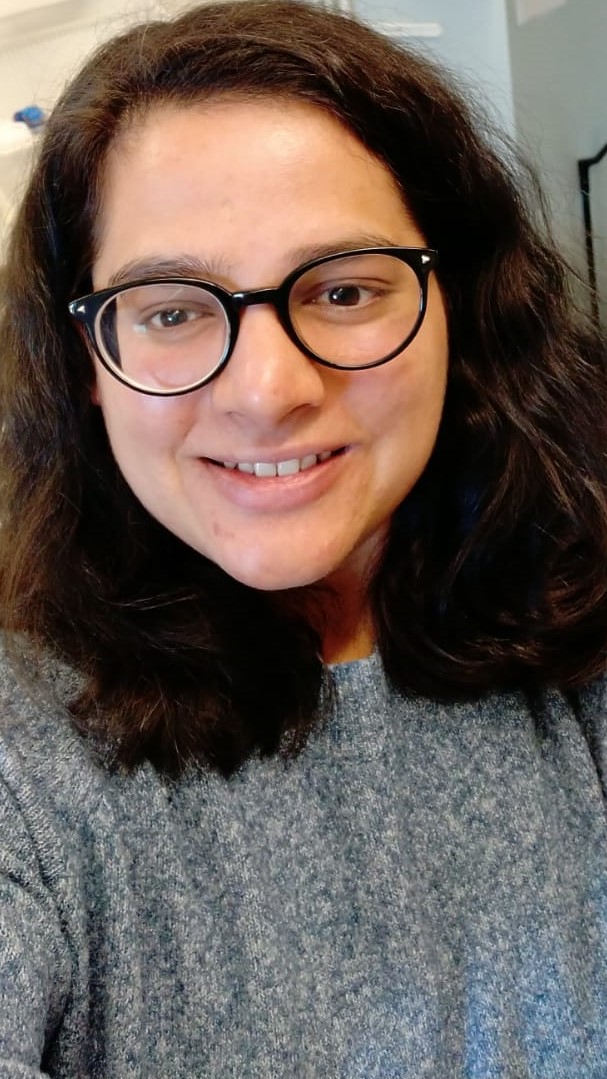Datum
- 2022 dec 16
- Expired!
Tid
- 14:00
Presenter

Karishma Jain
Mer info
Defence of doctoral thesis: Karishma Jain – Design of Cellulose-Based Electrically Conductive Composites: Fundamentals, Modifications, and Scale-up
KTH
The defense is taking place at room F3, KTH campus, and online via Zoom.
Opponent:Professor Davide Beneventi, University of Grenoble-Alpes, France
Supervisors: Prof. Lars Wågberg, KTH, Dr Per Larsson, KTH
Abstract:
Modern demand for consumer electronics is fueling the generation of ‘E-waste.’ Furthermore, theraw materials and manufacturing methods used in the fabrication of electronics are not sustainable.There is therefore the need to develop renewable and sustainable raw materials for electronicdevices that do not sacrifice performance; as well as a requirement to develop novel, scalable,sustainable electronic device fabrication methods that use these green electronic materials. To thisend, bio-based materials are an environment-friendly alternative to non-renewable materials; andprinted electronics could replace traditional manufacturing methods. Cellulose, one of the mostabundant biopolymers on Earth, exhibits an interesting hierarchical structure. Due to extensiveresearch over the years, there are a wide variety of established chemical modifications for cellulose,which can be harnessed to prepare high-performance electronic components. The hierarchicalstructure of cellulose is crucial in defining its material properties. In cellulose rich fibers, highmolecular mass glucan polymers are commonly found in the form of cellulose nanofibrils (CNFs);these can be liberated and, once so, are capable of self-assembling into a wide variety of structures.Since cellulose is electrically insulating, it needs to be made into composites with conductivematerials to form electrically conductive materials.This thesis investigates the interaction between cellulose and the conductive polymer PEDOT:PSS(poly(3,4-ethylenedioxythiophene) : polystyrene sulfonate), and demonstrates how a fundamentalunderstanding of the interactions between the two can be used to guide the chemical modificationof cellulose for the large scale production of sustainable electronics. First, the PEDOT:PSS structurewas studied using molecular dynamics (MD) simulations and experimental methods. Secondly, theinteraction between cellulose and PEDOT:PSS was studied, and factors affecting this interactionwere identified. This knowledge was then applied to propose a molecular interaction mechanismbetween these materials. Nanocellulose, especially cellulose nanofibrils (CNFs), have been integralto the development of bio-based conductive composites. However, the nanofibrillation process isexpensive and energy-intensive. In addition, PEDOT:PSS is an expensive polymer. Therefore, inthis work, chemically modified fibers were used to improve the interaction between cellulose andPEDOT:PSS; and prepare fiber-based bioelectronics and energy storage devices. The large-scaleproduction of papers capable of energy storage has also been demonstrated using chemicallymodifiedfibers, the factors affecting the processing of these materials have been identifiedthroughout.
Link to thesis:

